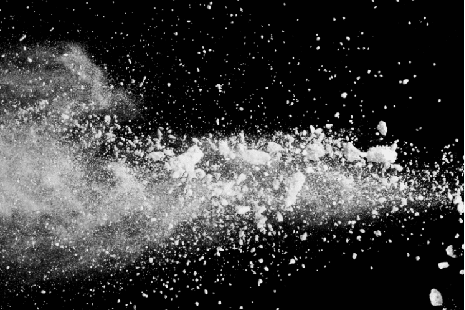1, Heating stage.
Heat generated by an external heat source is given to the polymer, causing a gradual increase in the temperature of the polymer.
2, Degradation phase.
After the polymer has been heated to a certain stability, the weakest chains break and thermal degradation occurs.
Chain energies of the different chains.
O-O 146.7 KJ/MOL
C-N 305.9 KJ/MOL
C-Cl 339.4 KJ/MOL
C-C 347.8 KJ/MOL
C-H 414.8 KJ/MOL
C-F 431.6-515.4 KJ/MOL
3, Decomposition phase.
When the temperature of the polymer rises to a certain level, in addition to weak bond breakage, the main chain also
Breaks, i.e. cleavage occurs, producing low molecular weight.
Combustible gases: H2, CH4, C2H6, CH2O, CH3COCH3, CO, etc.
Non-flammable gases: CO2, HCL, HBr, etc.
Liquid products: partial decomposition of the polymer into liquid products
Solid products: partial coking to coke, or incomplete combustion to produce particles such as smoke, etc.
4. Ignition stage.
When the flammable gas reaches a certain concentration and the temperature reaches its ignition point or flash point, and
by the presence of sufficient oxygen or oxidising agent, a flame begins to appear, which is ignition, and combustion begins from there.
5, Combustion phase.
The energy released by combustion and the chain reaction caused by the active free radicals, constantly provide
combustible material, so that combustion automatically spreads or expands and the flame becomes larger and larger.









